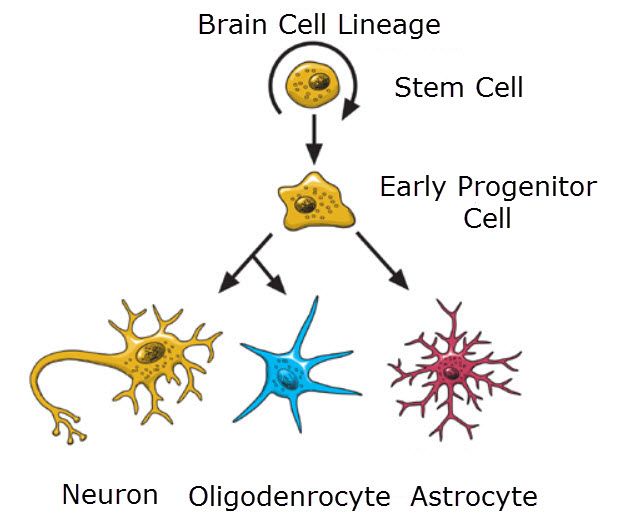Oligodendrogliomas can't presently be differentiated from other brain lesions solely through their scientific or radiographic appearance. As such, a mind biopsy is the most effective approach of definitive prognosis. Oligodendrogliomas recapitulate the arrival of the ordinary resident oligodendroglia of the mind. (Their call derives from the Greek roots 'oligo' which means " few" and 'dendro' meaning "trees".) They are commonly composed of cells with small to slightly enlarged spherical nuclei with darkish, compact nuclei and a small amount of eosinophilic cytoplasm. They are regularly referred to as "fried egg" cells because of their histologic appearance. They appear as a humdrum population of mildly enlarged spherical cells infiltrating regular mind parenchyma and producing indistinct nodules. Although the tumor can also appear like vaguely circumscribed, it is by definition a diffusely infiltrating tumor.
Classically they generally tend to have a vasculature of finely branching capillaries that may take on a "hen twine" appearance. When invading gray count structures together with cortex, the neoplastic oligodendrocytes tend to cluster round neurons displaying a phenomenon called "perineuronal satellitosis". Oligodendrogliomas may also invade preferentially round vessels or under the pial floor of the brain.
Oligodendrogliomas have to be differentiated from the extra commonplace astrocytoma. Non-classical variations and combined tumors of each oligodendroglioma and astrocytoma differentiation are seen, making this distinction controversial among unique neuropathology agencies. In the United States, in wellknown, neuropathologists educated at the West Coast are extra liberal in the diagnosis of oligodendrogliomas than both East Coast or Midwest educated neuropathologists who render the diagnosis of oligodendroglioma for only traditional editions. Molecular diagnostics might also make this differentiation out of date within the destiny.
Other glial and glioneuronal tumors with which they may be frequently stressed due to their monotonous round cellular appearance consist of pilocytic astrocytoma, important neurocytoma, the so-referred to as dysembryoplastic neuroepithelial tumor, or occasionally ependymoma.















